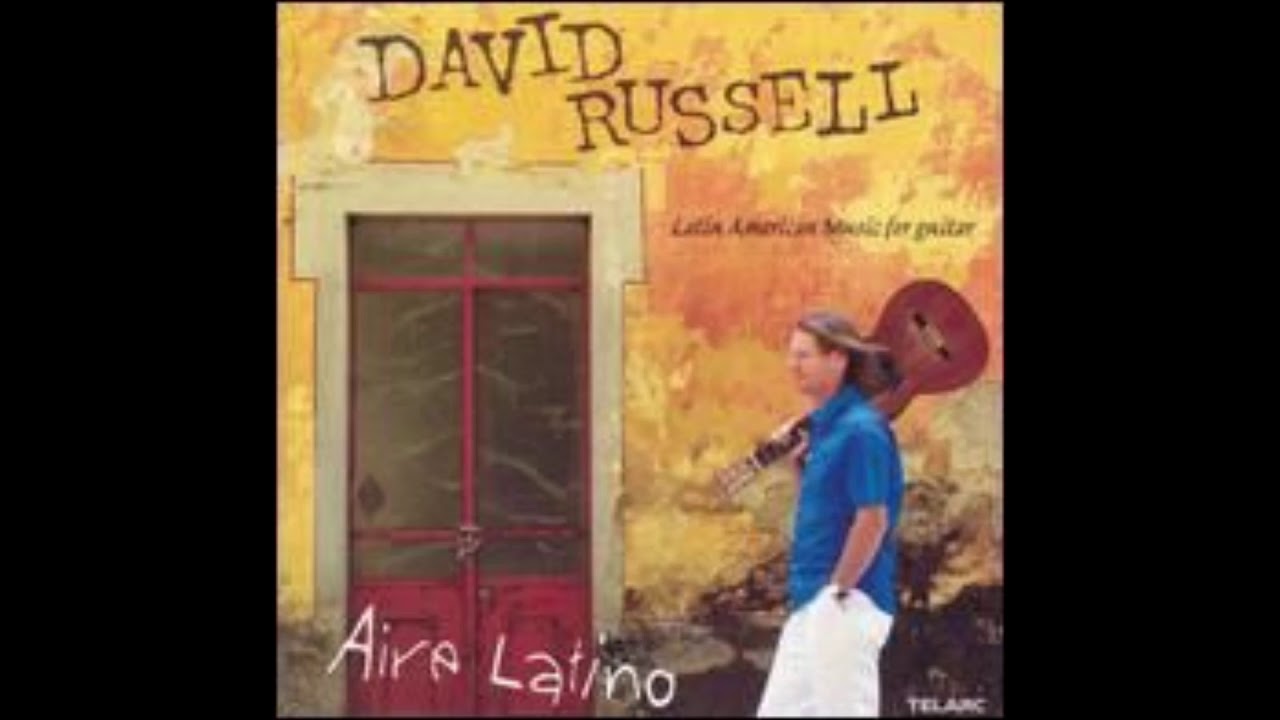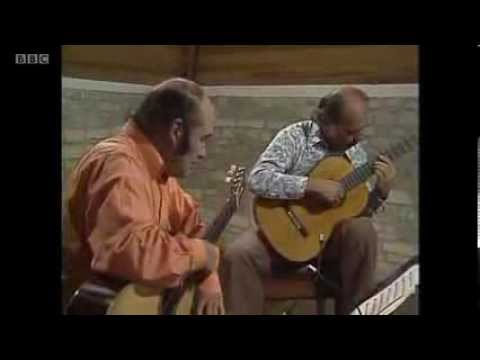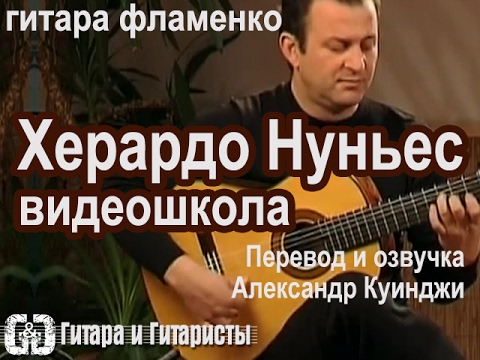Hey man! Thanks for asking!
I’m a little torn on how to respond, because if I had it all to do over again…part of me thinks I probably would have just not played classical. I say that because I love the way it sounds. The pieces written by Barrios are among the most beautiful things I’ve ever heard. For me, it would have required total dedication to get to the level I was after. That was difficult, because during that same period I was in a metal band that was trying hard to do it professionally. I was torn between 2 masters. Without giving it that total dedication, I never got any of the pieces quite as flawless as I would have liked, so it was a frustrating experience. Wanting so badly to perform in a way I really thought I was capable of, but falling just so slightly short of execution was tough for me. I did learn a lot from the whole experience though, and the small recitals I played in at college got a good response and some people did genuinely seem touched by the music I made. My mother loved it too, so maybe…
if I had it to do over again I never would have joined that metal band haha! It did not end well, for me anyway. I became bitter with the music industry and really jaded in that the basket I put all my eggs in was not going to work out for me, career-wise. Fortunately I landed on my feet and learned software/web development on the fly, I have a great wife and son and time to play as a hobby, just for fun. So all’s well that ends well. I was only doing classical the past few years until I found out about CtC. Maybe I have ADHD or something haha.
Buy yeah, if you’re serious about it, I’d say step #1 is to get someone who can teach you tone production. I don’t think that’s quite possible to get from any book. I certainly was doing EVERYTHING wrong when I taught myself. You need someone giving you constant feedback telling you when it’s correct and verifying the technique you’re using is helping to produce those sounds. I was fortunate in that I lived about an hour away from Baltimore Maryland, home to the Peabody Conservatory. So I was able to secure 6 months of lessons with one of their department chairs. Pretty much all he taught me was tone production, which is 95% picking hand. I did not go to school there, but the university I chose had a very good classical guitarist who was himself conservatory trained. He’s the reason I rant about the proper way to do left hand slurs. He was so picky about them, but when done the way instructed, they sure sounded good.
As for gold standard resources…hmmm. I am not sure. I was never taught from a book. The only books I ever bought had pieces in them, not technique, with the exception of Pumping Nylon. Technique instruction was always administered via 1-on-1 at the lessons. I do know there are respected method books out there. Aaron Shearer’s books are respected. Pumping Nylon by Scott Tenant is respected too. These are modern though, of course. I should probably look into what standardized body of work kept the tradition going all the years. I didn’t gravitate towards music history in college. It was all performance, composition and theory I focused on. I always just trusted, almost blindly, that my instructors were giving me good info because of their credentials.
That’s probably terribly unhelpful, and for that I deeply apologize.
Is your goal just to learn some classical pieces? Or do you aspire to be a guitarist that other ‘authentic’ classical guitarists wouldn’t sneer at (classical musicians can get snobby haha)? Depending your goals you have different options. Honestly learning what I consider “the way” is overkill for anyone who isn’t pursuing a career as a classical guitarist. And that brings me back to my original feeling of just not playing classical. It is terribly difficult, to play extremely well. It’s a different kind of virtuosity than what we see in CtC. Not as flashy, but the coordination between the hands, attention to detail for tonal consistency and overall concentration required to play with no mistakes, while maintaining musicality is just amazing.
This is one of the most difficult pieces in the repertoire, though it doesn’t even sound it when heard casually.
Imagine if that were played on piano? It would be so easy. That was always a running joke of mine. “If I could play classical guitar well enough to sound like a bad pianist, I’d be happy”.




 . I hope this helps!
. I hope this helps!
